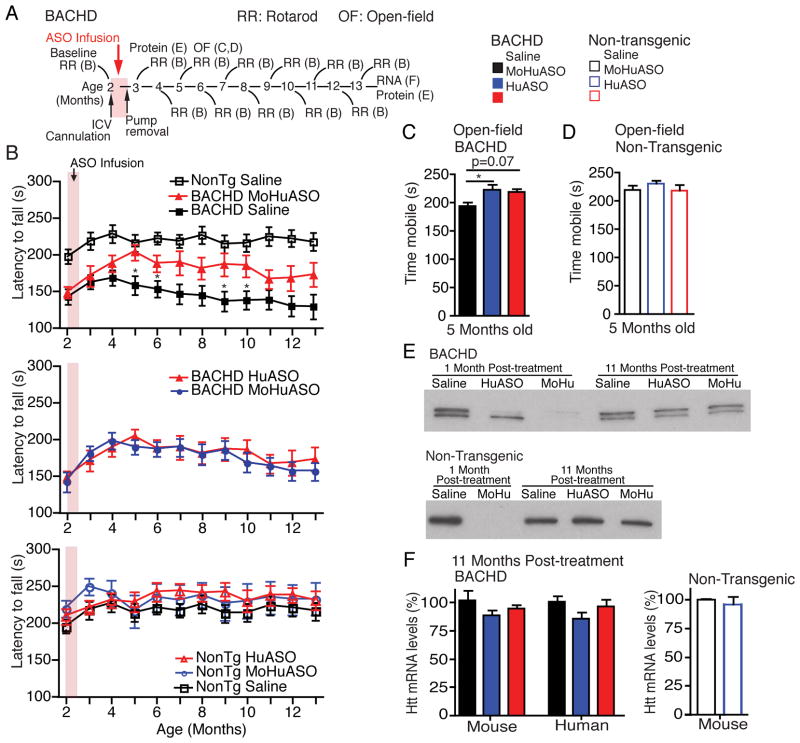Figure 5. Simultaneous suppression of mutant and normal huntingtin does not attenuate sustained phenotypic reversal.
(A) Schematic of experimental design. At 2 months of age BACHD mice and non-transgenic littermates were infused for two weeks with 50μg/day HuASO (red), 75μg/day of an ASO that targets mouse and human huntingtin (MoHuASO) (Blue) or saline (black) (B–D, non-transgenic, n=11–15; BACHD, n=15–20).
(B) Motor coordination (rotarod) immediately before treatment (2 months old) and monthly for 11 months after treatment. (B, Top) HuASO treated BACHD animals, saline treated BACHD animals and saline treated non-transgenic littermates, asterisks denote significance relative to HuASO treated BACHD animals. (B, Middle) MoHu treated BACHD animals and HuASO treated BACHD animals, no significant differences were found. (B, Bottom) Non-transgenic animals treated with saline, HuASO or MoHuASO, no significant differences were found.
(C–D) Time mobile in the open-field 3 months post-treatment in 5-month old (C) BACHD (p=0.025) and (D) non-transgenic littermates (p=0.515).
(E) Immunoblot of huntingtin from (top) BACHD mice and (bottom) non-transgenic littermates, 1 month or 11 months post-treatment.
(F) 11 months post-treatment qPCR was used to quantify mouse and human huntingin mRNA levels. qPCR are expressed as mean ± SEM percent (%) of huntingtin mRNA relative to saline controls (BACHD, ASO n=4 and saline n=3; Non-transgenic, ASO n=3 and saline n=2). Asterisks (*p<0.5, **p<0.01, ***p<0.001) denote statistically significant differences (using one-way ANOVA and Tukey’s post hoc test for all behavioral assays). See also Figure S5.

